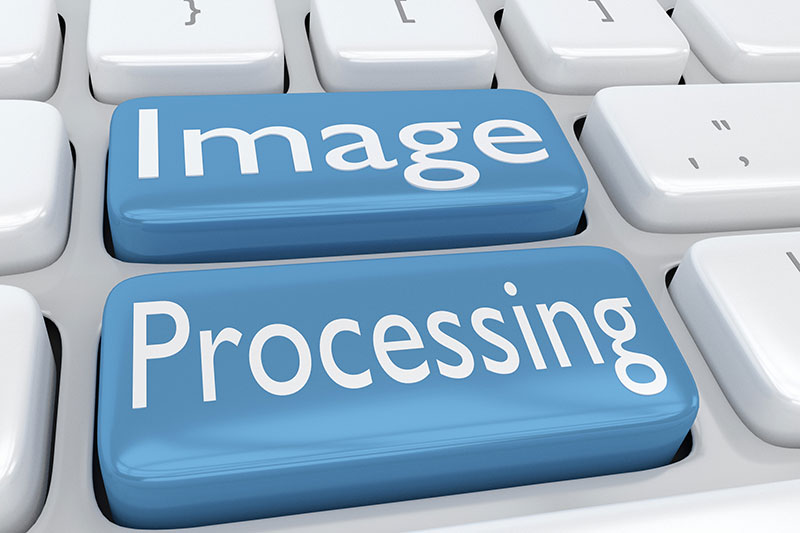Many different types of documents flow into an organization and as the organization expands, the document volume also grows. The best way to manage these ever-growing documents is to convert them into digital format with digital imaging process. Reliable document scanning services provide digital imaging solutions to convert the data into digital format. It also helps to protect the data from getting lost, misfiled, damaged or corrupted. These services also offer image processing, which is an excellent way of finding the information needed for various business processes.
The scanning process captures the content of the original, separates the images using filters, into red, green and blue records that are further processed through the scanner’s computer system in order to generate films or images. The imaging process is an effective way of converting your documents into digital format using equipment like scanners or special cameras. It helps to transform images into digital format and process it to enhance the images or extract useful information from them. Document imaging is one of the fastest growing technologies that finds use in various business sectors. But before going into image processing, it is important to understand what an image is. An image is represented by its dimensions (height and width) based on the number of pixels. It is a two-dimensional signal which is denoted by horizontal co-ordinates and vertical co-ordinates, and it also has pixel values.
Importance Of The Imaging Process
The imaging process can be considered as a way of translation between a human viewing system and digital imaging devices. Humans can view things precisely as digital cameras. With image processing, you can enhance an image or even cut out some useful information from it. Today, image processing is gaining popularity and it forms the main research area within engineering and computer science commands as well. This is because the imaging process helps to enhance the image for human perception, for machine perception and also for technical purposes.
Application Of Imaging Process
The imaging process is used in almost all technical fields. It can not only alter the brightness and contrast of a photo but also adjust its spatial resolution. It is widely used in remote sensing, in medical field computer vision, and pattern recognition. It can also be used for automatic testing programs that help to improve the quality and productivity of products in the industry. For example, in General Electric Corporation, automatic testing program was used in the testing process of making a lamp.
Below are some of the applications of image processing:
- Restoration, sharpening, and correction of images
- Computer vision that enables computers and machines to view, identify, and process the environment around them. For example, path recognition, obstacle detection, etc.
- Pattern Recognition that includes computer enabled diagnosis, handwriting recognition and image recognition.
- Video processing like motion detection, frame rate conversion, noise reduction, etc.
- Medical technology such as PET scans, Gamma-ray imaging, CT scan, X-ray imaging, and UV imaging.
- Editing Apps and Social Media for filters make images more visually appealing.
Different Steps Involved In Image Processing
- Image Acquisition: This is the first step in imaging processing where digital image is detected to create specific images like internal arrangement of an object. This step includes processing, congestion, storage, printing, and display of images.
- Image Restoration: This is the process that corrects and restores distorted images and makes them into new images. Distorted images can be blurry, out of focus and image restoration helps reduce the noise on the image.
- Image Enhancement: This is a process of switching digital images for suitable display or multiple image analysis. It helps you to sharpen or turn the images, which helps to identify key features.
- Color Image Processing: This includes processing of colored images and different color spaces that are used.
- Character Recognition: Optical character binding, commonly known as OCR, is electronic replacement of scanned images into computer-readable text. It is often used to access records from a new type of data source like invoice, bank statement, income, business cards, number of printed records, or email. It is a common way to make digital printed manuscripts that can be electronically sorted, searched, and stored in the machine.
- Image Compression: This involves encoding or converting the image file so that it consumes less space than the original file. The size of the image is reduced without degrading the image quality. This is a type of data useful pressure digital photography that reduces the spread.
Image processing helps to improve images for human interpretation. With the help of a reliable provider of document scanning services, businesses can now implement image processing that helps to extract data from images for machine interpretation and the information can be processed easily. They also provide secure image acquisition, storage, and transmission of images using techniques like scanning, digitization, and compression to ensure quick and secure use of images and highlight valuable information in the images.




